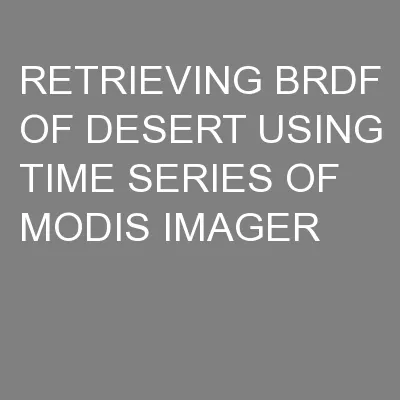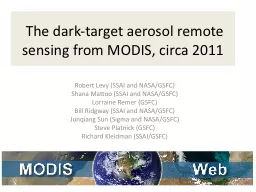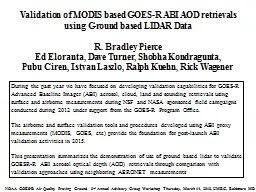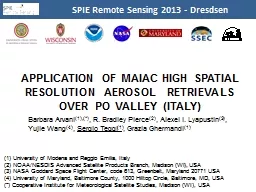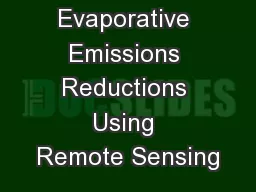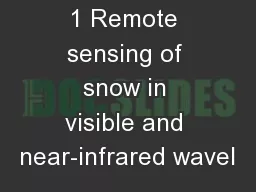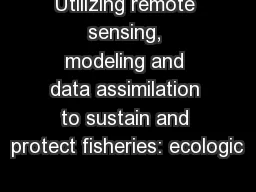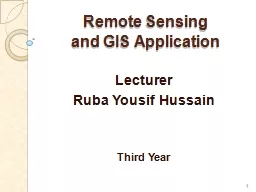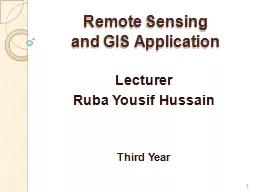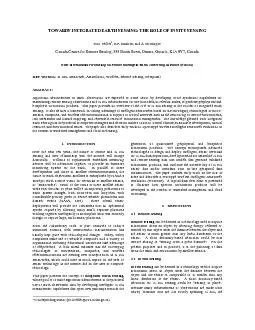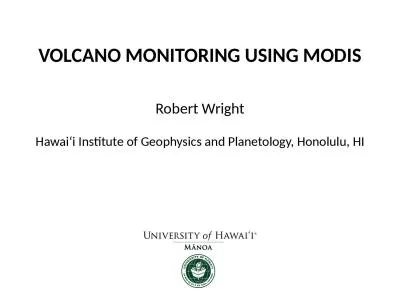PPT-Remote Sensing of Ecosystem Productivity Using MODIS
Author : alexa-scheidler | Published Date : 2016-11-28
F red Huemmrich UMBCGSFC John Gamon University of Alberta We want to develop methods to use optical signals to estimate ecosystem carbon exchange Examine the relationships
Presentation Embed Code
Download Presentation
Download Presentation The PPT/PDF document "Remote Sensing of Ecosystem Productivity..." is the property of its rightful owner. Permission is granted to download and print the materials on this website for personal, non-commercial use only, and to display it on your personal computer provided you do not modify the materials and that you retain all copyright notices contained in the materials. By downloading content from our website, you accept the terms of this agreement.
Remote Sensing of Ecosystem Productivity Using MODIS: Transcript
Download Rules Of Document
"Remote Sensing of Ecosystem Productivity Using MODIS"The content belongs to its owner. You may download and print it for personal use, without modification, and keep all copyright notices. By downloading, you agree to these terms.
Related Documents


